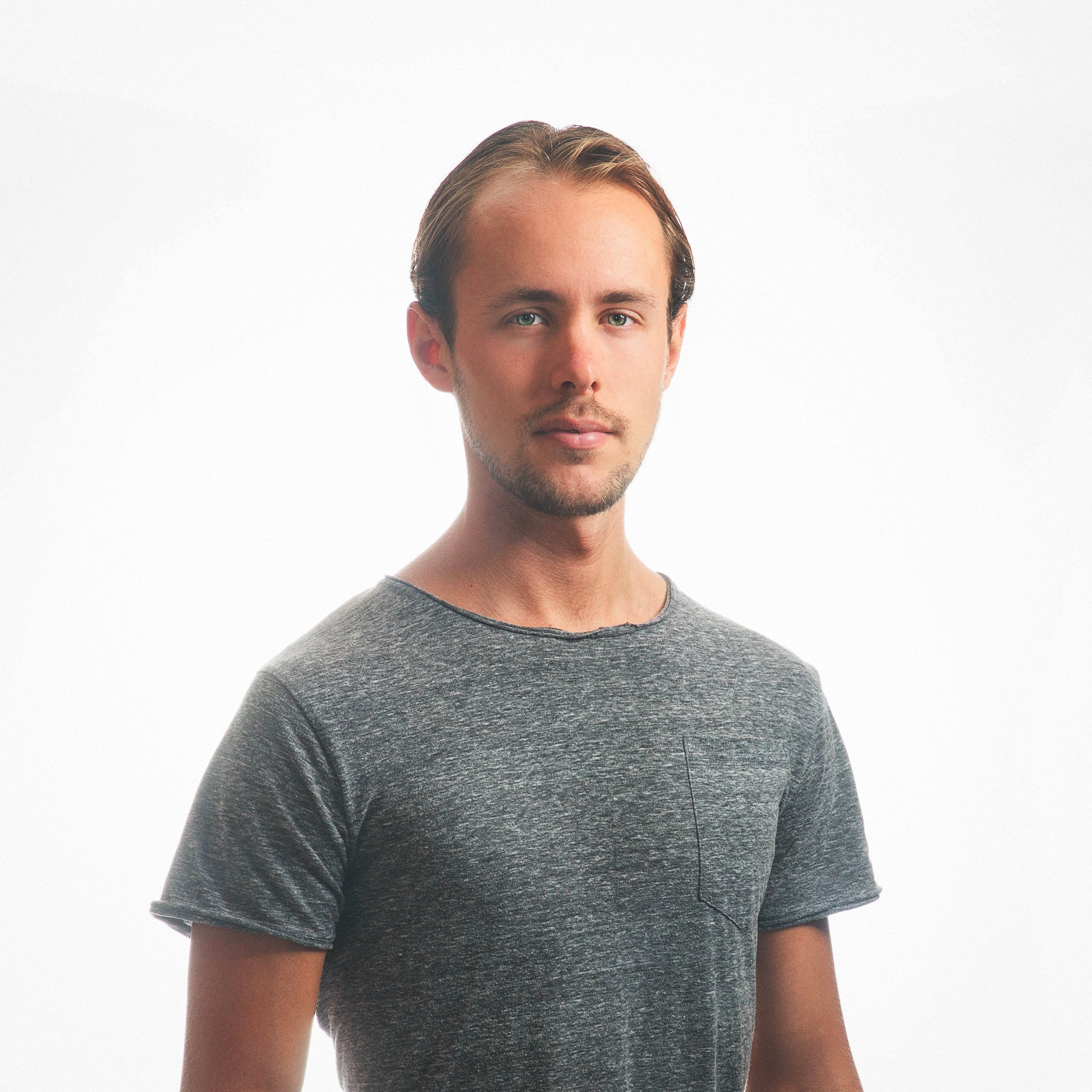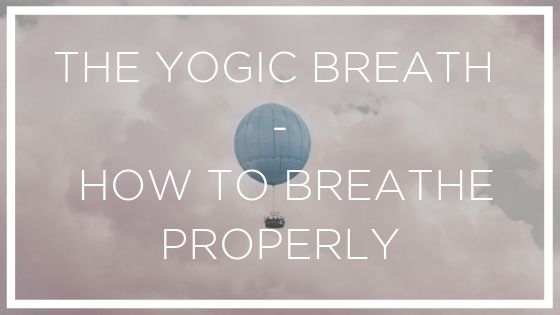Right now, how are you breathing? No doubt your breath has now shifted from its automatic unconscious action to now being consciously aware. Perhaps your breath has slowed, or become deeper as you bring your awareness to it.
The idea that we can learn to breathe better sounds ridiculous to many people. Surely we already breathe correctly, we’ve been doing it our whole life. We’ve all logged our 10,000 hours of breathing, we must have achieved mastery! Sadly this is not the case.
Many of us breathe only into our upper chest. Short, shallow breaths that fail to fully oxygenate the system. We breathe lifting our shoulders or draw our abdomen in as we inhale. Many people who experience long-term stress are chronically under-breathing and in a constant state mild hypoxia. Oxygen is the most essential natural resource for our cells, deprive our body of it for even just minutes and it begins to shut down.
These days we have a vast array of breathwork drills and modalities. From yogic pranayama to holotropic breathing, from the Wim Hof method to freediving techniques. While all of these teachings offer us important techniques to modify and train our breath. The most important breath is our everyday unconscious breathing, this is the one that will have the greatest impact on our health and energy.
The question then remains, how should we breathe and how can we change it?
The Breath Test
The first step is to take note of your natural breathing pattern.
- You can do this by first sitting in a comfortable position, with spine relaxed and straight.
- Have a clock or timer set up within eyesight.
- Place right hand on your belly, and the left on your chest.
- Breathe naturally, counting your breaths for 1 minute.
- Note where you feel movement in your hands
This will give us two important qualities of your breath. Your natural rate of breath, and where you are breathing in to.
Rate of Breath
A normal healthy rate of breathing should be roughly 12-14 breaths per minute. Many in today’s frenetic society are much closer to 20 breaths. This limits the proper oxygenation of the lungs, as the lower lobes of the lungs have the highest concentration of blood flow. With such short breaths, the air does not have time to reach these further pockets of the lungs.
With practice though, we can train ourselves to slow our breaths to under 10 per minute, triggering the parasympathetic nervous system. This shifts our body from a fight or flight survival mode, into the restorative rest and digest mode. Giving our body the green light to repair and heal itself.
Location of the Breath
Where we breathe into has the greatest impact on our physiology. We can break down the breath into three sections.
- Shallow Breathing (Clavicular)
- Mid Breathing (Rib)
- Deep Breathing (Abdominal)
Yoga teaches us that we are to do a complete breath. That is incorporating all three sections in a smooth continuous transition.
We begin first by breathing deeply into the belly, by pressing the diaphragm down, the belly will rise. This has the added benefit of massaging our organs and can be further strengthened by the drawing up of the pelvic or urogenital diaphragm.
After we fill the lowest sections of our lungs, we progress to the chest region where we fill the mid lungs up by pressing out the ribs and breastbone.
Finally, we complete the breath by filling up the upper lungs, lifting and pushing out the upper chest. As we breathe out, we reverse the process, breathing out the upper chest first, then mid, last the lower lungs.
With practice we aim to join these three breaths in one continuous flowing motion. The inhalation is an active motion, where we use multiple muscles to expand the lungs. The exhalation is passive and we simply relax the muscles of the body, allowing the air to return to the atmosphere
Through The Nose
The organs of respiration have only one filter for the air, and that is through the nose. If we breathe through the mouth we have no way of purifying the air entering our system.
The passage beyond the nostrils plays two important roles in purification. Firstly the nose bristles work to filter the air of impurities such as pollution and dust. Then the thin mucous tunnels function to warm the air passing through so the cold air is not as harsh on the respiratory system.
If we fail to use the nostrils to remove impurities and the coldness of the air, our sensitive alveoli within the lungs are at increased risk of inflammation.
For this reason, it’s important that when possible, to breathe through the nose.
Breathing With Movement
This leads us to the question of how should we be breathing when practicing yoga or other movements of the body? When we perform cardiovascular activities or high-intensity activities it is often necessary to breathe through the mouth to achieve maximum oxygenation as rapidly as possible. However, we should return to nostril breathing afterwards as soon as it is possible to do so.
When practicing yoga we link movement with the breath, this allows us to encourage the flow of movement and deepen its effect. The following guidelines will help to understand when you should be breathing linking to what movement.
Inhale when you open the front of the body. Backbends are a good example of when to inhale. For example, when we come into cobra pose we should inhale.
Exhale when we are closing the front of the body. Also moving into twists, or side bends. A seated forward fold or spinal twist are both examples that would be best linked with exhalation.
Inhale retention is a time when we want to limit any movement. Imagine that you have a very full balloon inside your body, it is difficult to twist or bend without pinching the balloon and causing discomfort.
Exhale retention is an opportunity to deepen into any stretch already linked to the exhale. Pressing deeper into a side bend perhaps, or standing forward fold.
While we practice yoga, we use the breath as a guide of how our body is feeling. Aiming to find the balance between effort and relaxation. If we lose control of the breath and find ourselves breathing rapidly through the mouth, we know we should bring it back a level.
Mindfulness in Respiration
Breathing techniques and drills are great assistance to many aspects of health and performance, however equally important is knowing how we should be breathing normally.
Breathing is automatic, residing in the autonomic nervous system. It is also within our control though and can be reconditioned to its more natural state. The breath is our bridge from the conscious to the subconscious and is a gateway to further control of autonomic systems such as blood pressure, heart rate, and immune system. It’s the first step towards taking your body from automatic, to manual. As many car and photography enthusiasts will agree. Only when we are in manual mode can we truly reach our peak performance.
A practice of mindfulness will assist immensely in the cultivation of this skill. When you come into the present moment, first pay attention to your breath. This will tell you exactly how your body is feeling, and reflect emotions immediately.
This is why yogis taught breathwork as a means to pranayama (life-force control). Daily practice of slow complete yogic breaths through the nose will transform your health and mind, and bring you into a state of equilibrium from which to handle life’s challenges.

Hi, I am Matt. I am a passionate student of health and wellness. The science of yoga is the most effective system I’ve yet found for bringing about physical vitality with mental clarity. By blending a Western approach of anatomy and alignment, with Eastern philosophies and meditative techniques. My mission is to share these modern and ancient teachings to help others find harmony in their life.
